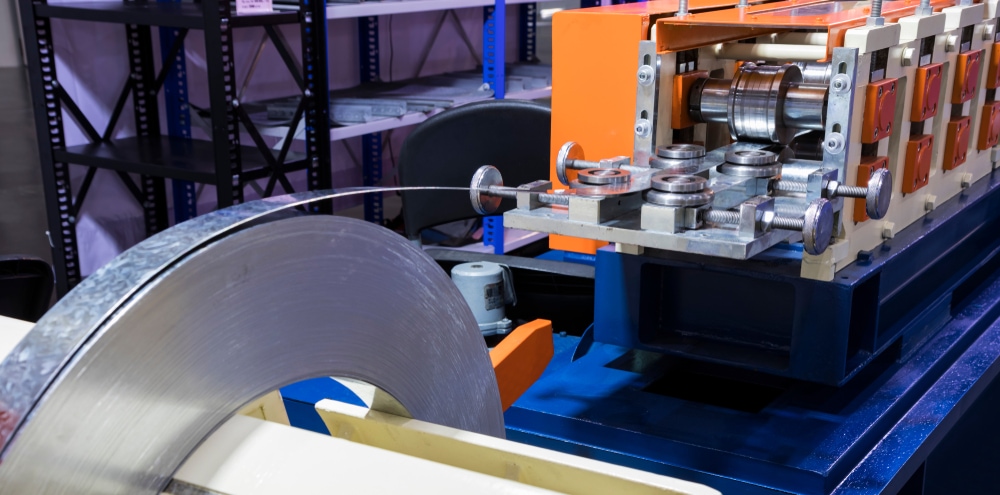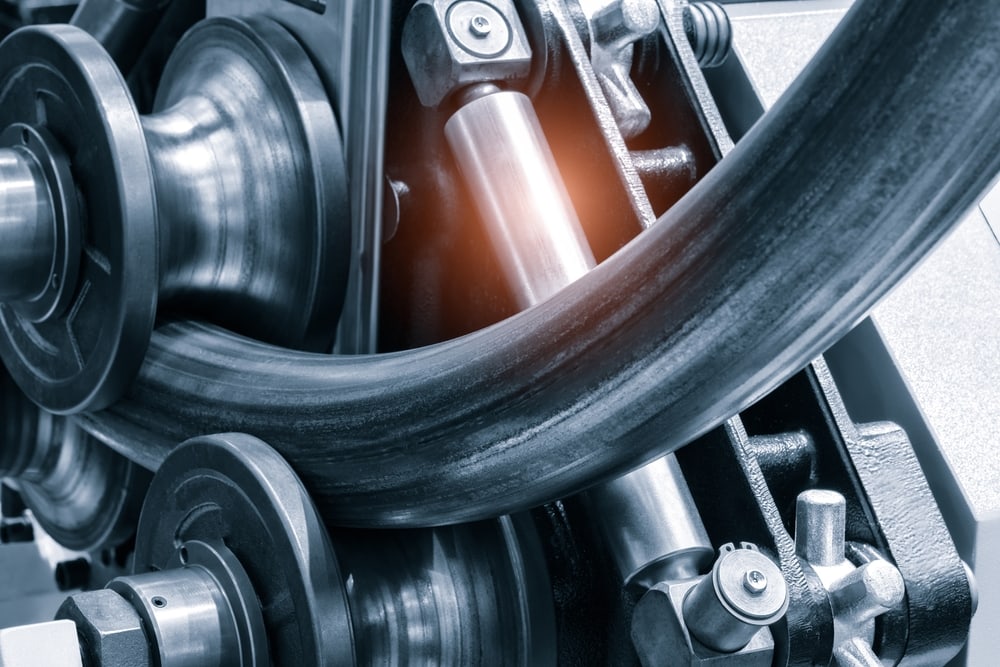New Horizons: Paramount Roll Thrives with Two Exciting New Locations!
Dear Paramount Roll Community,
We’re delighted to share a momentous update that signals a transformative chapter in the history of Paramount Roll. Thanks to your unwavering support, we’ve outgrown our original space and have embraced a new era—Paramount Roll is now thriving with two entirely new locations!
Discover the city of Adelanto, California:
Our journey of growth and innovation has led us to exciting horizons. We bid farewell to our original home in Santa Fe Springs and are thrilled to introduce that we have moved our heavy metal bending capabilities to the beautiful desert city of Adelanto, California at 12231 Hibiscus Road. Our corporate headquarters and lighter metal bending capabilities remain in the city of Bellflower, California at 9128 Rose Street.
These two vibrant spaces represent not just a change of address but a significant expansion to better serve and connect with our community.
Gratitude for the Journey:
To our remarkable customers, vendors, partners, and supporters, our heartfelt gratitude for being the heartbeat of our success. Your trust has propelled us to this exciting milestone, and we look forward to continuing to exceed your expectations from both Adelanto and Bellflower.
Connect with Us Across Two Spaces:
Stay connected with us on our social media platforms for real-time updates, behind-the-scenes glimpses, and exclusive content from both our new locations. Your continued support means everything to us, and we’re eager to share the excitement of this dual journey with you.
Join us in celebrating this extraordinary expansion, and here’s to the incredible adventures that await us at Adelanto and Bellflower!
Warm regards,
Ken Moscrip
President and CEO
Paramount Roll & Forming, Inc.












